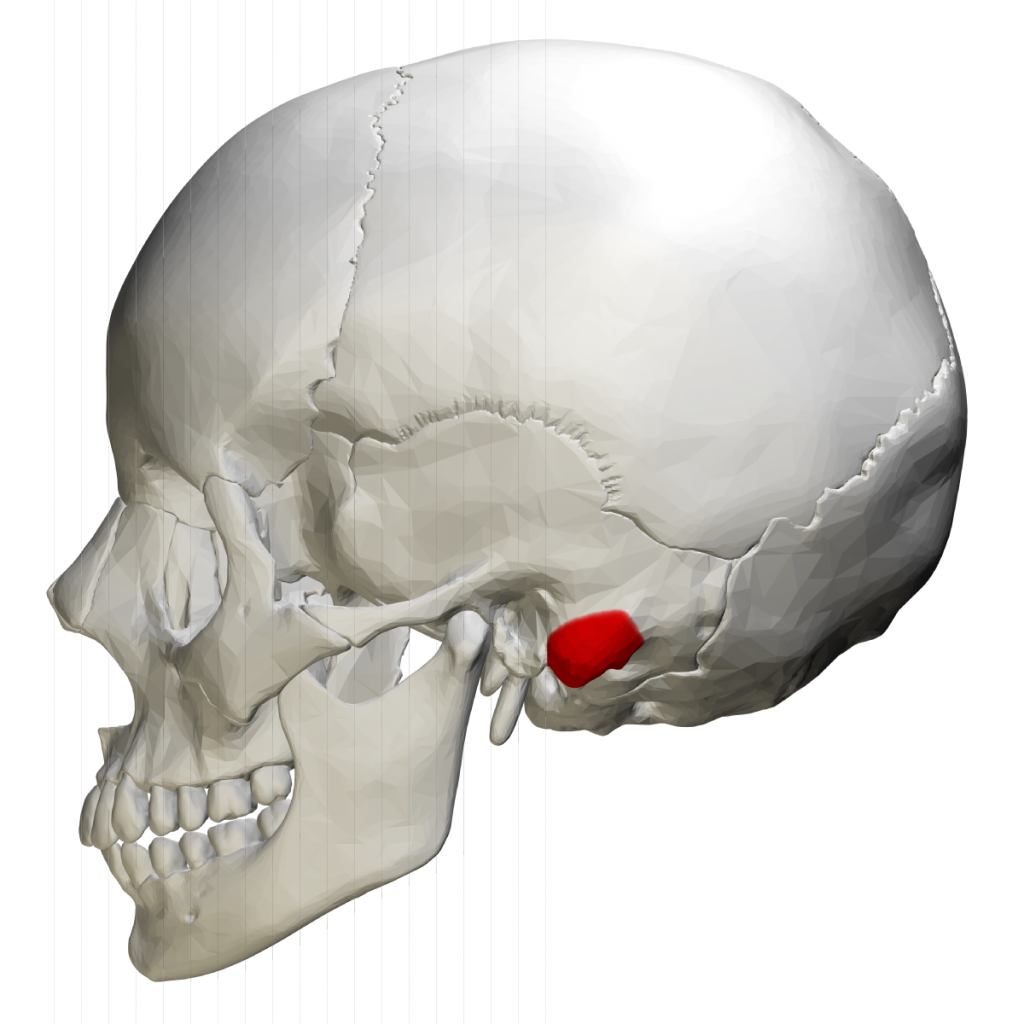Hearing Loss and Central Auditory Processing
54 Conductive Hearing Loss
Learning Objectives
Be able to describe the possible causes of conductive hearing loss.
Understand the impact of it in daily life.
Know what the mastoid bone is and how can it be used to distinguish conductive hearing loss from sensorineural hearing loss.
Many people suffer from conductive hearing loss because of age, genetic predisposition, or environmental effects. With conductive hearing loss, hearing problems are associated with a failure in the vibration of the eardrum and/or movement of the ossicles. These problems are often dealt with through devices like hearing aids that amplify incoming sound waves to make vibration of the eardrum and movement of the ossicles more likely to occur.
Conductive hearing loss is less common but more likely to be fixable. It is caused by damage to mechanical structures of the outer ear (e.g., extraordinary wax build-up or over-production of skin; both of these are uncommon) or the middle ear (e.g., ruptured tympanic membrane which produces 30-40dB loss; fluid due to infection; damaged, missing, or ossified ossicles).
The most obvious effect is that you can’t hear quiet sounds, but hearing loss is more complicated than that! People with hearing loss have more difficulty understanding speech in noise (can’t “hear out” the words). Different frequencies are affected differently and dynamic range is compressed (“loudness recruitment”), which means people with hearing loss have a hard time enjoying music.
Conductive hearing loss can be distinguished from sensorineural hearing loss by measuring hearing through bone conduction: you put a speaker against the mastoid bone behind the ear, and if hearing through bone is normal, or there’s an “air-bone gap” (hearing is better through bone than air), then at least part of the loss is conductive.

CC LICENSED CONTENT, SHARED PREVIOUSLY
OpenStax, Psychology Chapter 5.4 Hearing
Provided by: Rice University.
Download for free at http://cnx.org/contents/4abf04bf-93a0-45c3-9cbc-2cefd46e68cc@5.103.
License: CC-BY 4.0
Cheryl Olman PSY 3031 Detailed Outline
Provided by: University of Minnesota
Download for free at http://vision.psych.umn.edu/users/caolman/courses/PSY3031/
License of original source: CC Attribution 4.0

